Platform for Advanced Characterisation – Grenoble (PAC-G)
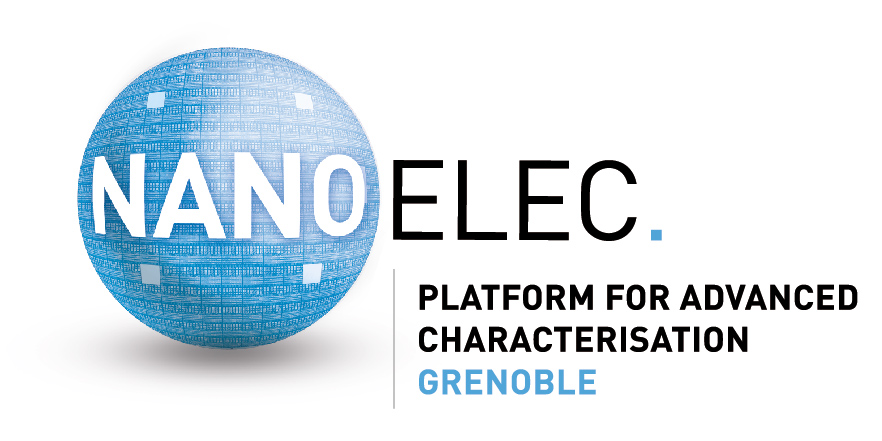 Platform for Advanced Characterisation - Grenoble (PAC-G) offers advanced characterisation services dedicated to micro/nanoelectronics innovation, set up within the framework of the Technological Research Institute (IRT) Nanoelec, thanks the funding of the Programme Investissements d'Avenir (reference ANR-10-AIRT-05).
Platform for Advanced Characterisation - Grenoble (PAC-G) offers advanced characterisation services dedicated to micro/nanoelectronics innovation, set up within the framework of the Technological Research Institute (IRT) Nanoelec, thanks the funding of the Programme Investissements d'Avenir (reference ANR-10-AIRT-05).
The members of Nanoelec's Characterisation program are the European neutron source ILL, the European Synchrotron ESRF, the CEA-Leti, the Subatomic Physics and Cosmology Laboratory (CNRS-UGA) as research partners and STMicroelectronics, SOITEC and Schneider as industrial partners.”
Watch the video and learn more about our platform: Video
ESRF – The European Synchrotron
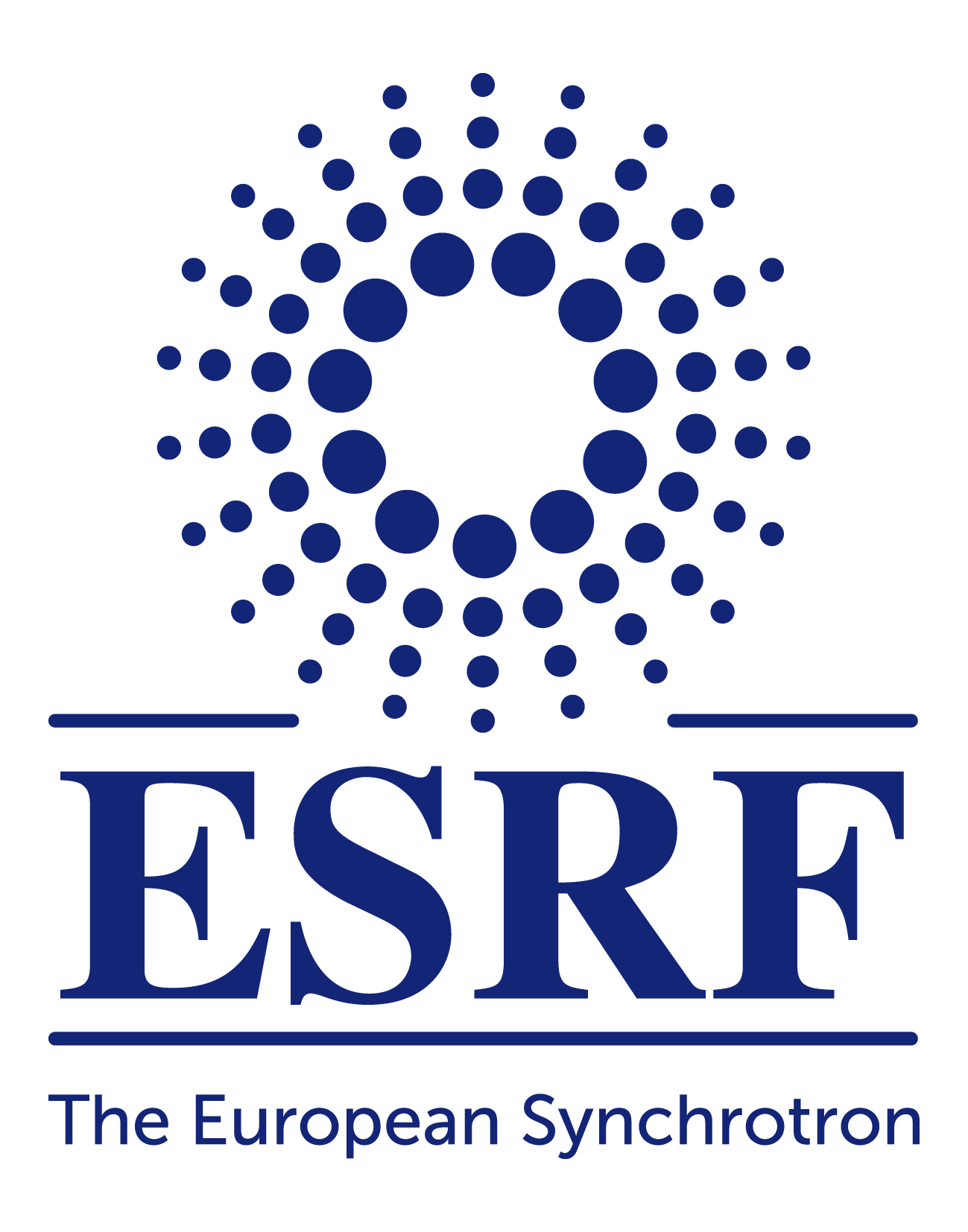 The ESRF - The European Synchrotron Radiation Facility - is the most intense source of synchrotron-generated light, producing X-rays 100 billion times brighter than the X-rays used in hospitals. These X-rays, endowed with exceptional properties, are produced at the ESRF by the high energy electrons that race around the storage ring, a circular tunnel measuring 844 metres in circumference.
The ESRF - The European Synchrotron Radiation Facility - is the most intense source of synchrotron-generated light, producing X-rays 100 billion times brighter than the X-rays used in hospitals. These X-rays, endowed with exceptional properties, are produced at the ESRF by the high energy electrons that race around the storage ring, a circular tunnel measuring 844 metres in circumference.
Each year, the demand to use these X-ray beams increases and near to 9000 scientists from around the world come to Grenoble, to “beamlines”, each equipped with state-of-the-art instrumentation, operating 24 hours a day, seven days a week.
Discover more about the platform: Video
ILL - Institut Laue-Langevin
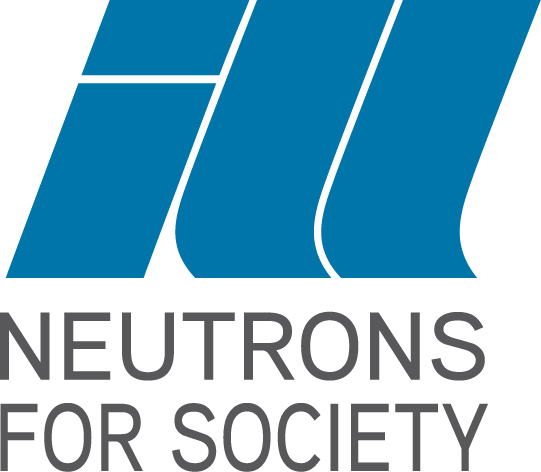
The Institut Max von Laue-Paul Langevin (ILL) provides industrial users with privileged access to a complete world-leading suite of highly-specialised neutron instruments, supported by the expertise and know-how of experienced scientific and technical staff. Our extensive range of sample environment facilities accurately mimic real working conditions: extreme (high and low) temperatures, high pressures, magnetic fields, mechanical constraints (e.g. static or cyclical external loading). They play an essential role in the analysis of in-operando industrial processes.
A dedicated group of engineers and scientists is ready to assist you with all aspects of your project, from defining the problem and choosing the most suitable technique to the contractual framework (including NDA if required), data analysis and final experimental reporting.
Discover more about the platform: Video
Laboratory of Subatomic Physics and Cosmology (LPSC)
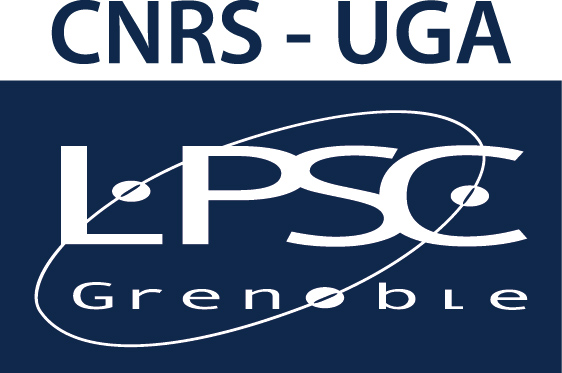
The LPSC is studying the physics of the two infinities. Its basic research activities include particle physics, nuclear physics, astroparticles and cosmology as well as their applications and developments for nuclear energy and health, accelerators and ion sources and plasmas. The LPSC operates a fast neutron production platform for irradiation and physics experiments.
CEA – Leti: Nanocharacterization Platform (PFNC)
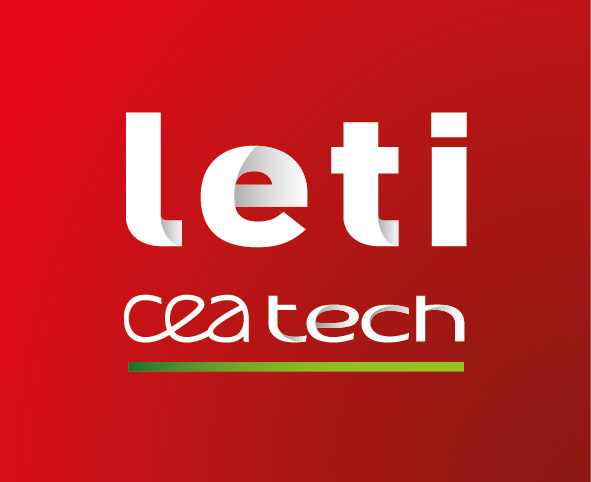 Leti (one of the three advanced research institutes within CEA Tech) serves as a bridge between basic research and industry. His mission is to create value and innovate with industry. The Nanocharacterization Platform (PFNC) offers 2,200 square meters of space outfitted with around 40 pieces of world-class nanocharacterization equipment run by 80 researchers and technicians, making it unlike any other center in Europe. The platform’s mission is to develop new characterization techniques for applications that include micro and nanotechnologies, nanomaterials, and materials for the energy industry.
Leti (one of the three advanced research institutes within CEA Tech) serves as a bridge between basic research and industry. His mission is to create value and innovate with industry. The Nanocharacterization Platform (PFNC) offers 2,200 square meters of space outfitted with around 40 pieces of world-class nanocharacterization equipment run by 80 researchers and technicians, making it unlike any other center in Europe. The platform’s mission is to develop new characterization techniques for applications that include micro and nanotechnologies, nanomaterials, and materials for the energy industry.
INAC - Institute for Nanoscience and Cryogenics

Inac, a joint CEA-UGA research institute, is a major actor in fundamental research on condensed matter, soft matter and cryogenics in Grenoble.
Most of its activities in physics, chemistry and at the interface with biology are included under the banner of nanoscience. It has programmes in several strategic areas: low carbon energy, information technology, heath technology, global defence and security, development and use of large facilities, cryogenics for space and for large facilities. With the advent of nanosciences, the organisation of research within Inac based on decompartmentalizing scientific fields is more relevant than ever: synergies of all kinds are looked into in order to efficiently exploit all properties of matter, at the nanometer scale.
Inac has three major commitments:
- Producing frontier science results in basic research (~350 scientific publications in the best journals per year)
- Training of first class scientists through doctoral and post-doctoral studies (more than 100 PhD students at a time)
- Taking care of valorising opportunities of applications emerging from Inac breakthroughs (25 patents granted per year)
Discover more about the platform: Video
CNRS Institut Néel
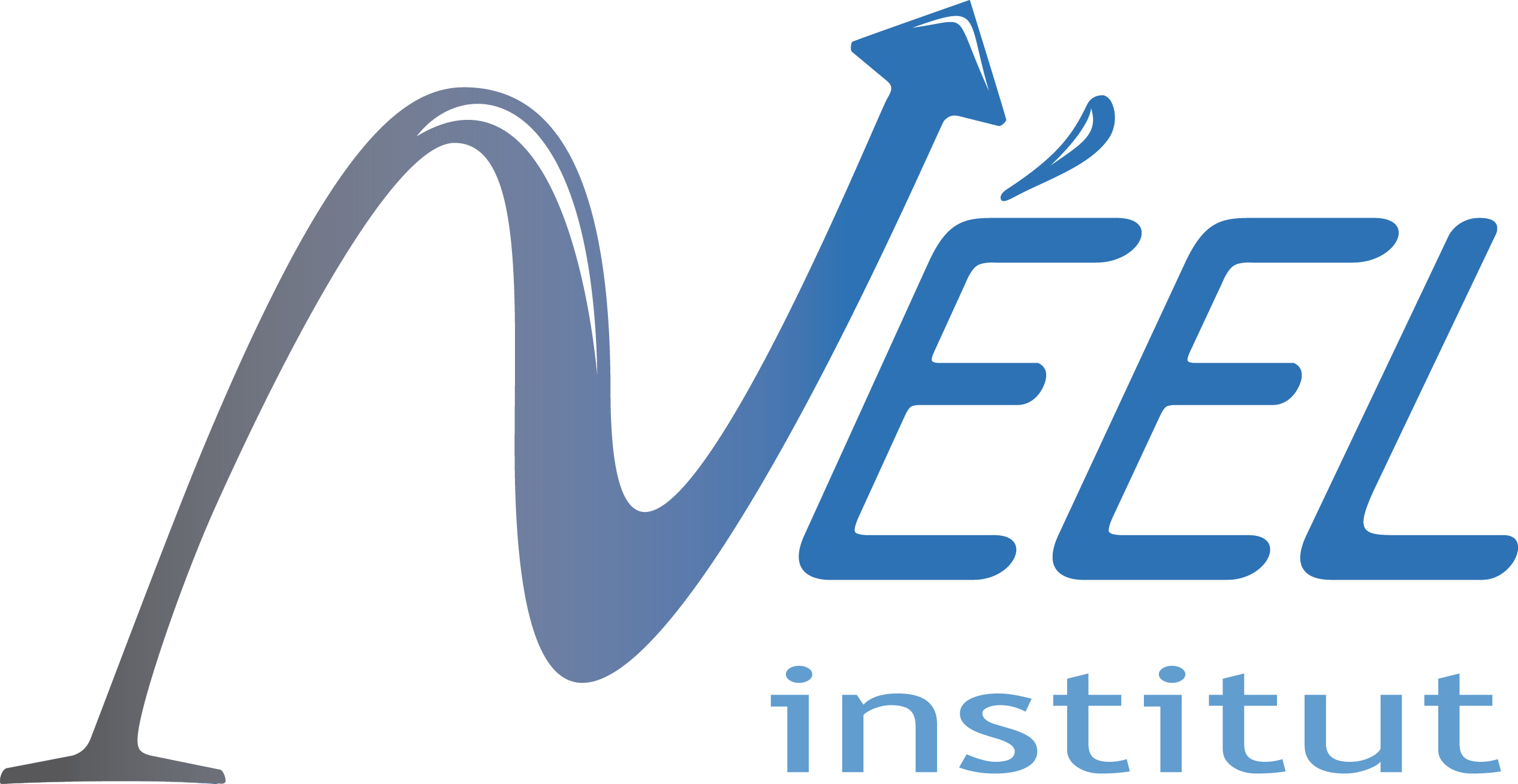 Institut NEEL is a laboratory for fundamental research in condensed matter physics, enriched by interdisciplinary activities at the interfaces with chemistry, engineering and biology. We explore a vast field of science: superconductivity, quantum fluids, new materials, crystallography, surface science, quantum nanoelectronics, nanomechanics, nonlinear and quantum optics, spintronics, magnetism… The Institut Néel has exceptional expertise in advanced technology, closely integrated with its research projects. The Institute’s engineers and technicians, assigned to specialist technical groups but working in close proximity with the research teams, make a direct contribution to scientific progress.
Institut NEEL is a laboratory for fundamental research in condensed matter physics, enriched by interdisciplinary activities at the interfaces with chemistry, engineering and biology. We explore a vast field of science: superconductivity, quantum fluids, new materials, crystallography, surface science, quantum nanoelectronics, nanomechanics, nonlinear and quantum optics, spintronics, magnetism… The Institut Néel has exceptional expertise in advanced technology, closely integrated with its research projects. The Institute’s engineers and technicians, assigned to specialist technical groups but working in close proximity with the research teams, make a direct contribution to scientific progress.
Grenoble-INP / CMTC
 The Consortium des Moyens Technologiques Communs (CMTC) is the Grenoble INP Material characterisation platform. It was created in 1977. The CMTC platform meets an objective to pool cutting-edge equipment in the field of micro- and nano-structural characterisation and centralise expertise to serve the needs of Research, Training and Enhancement.
The Consortium des Moyens Technologiques Communs (CMTC) is the Grenoble INP Material characterisation platform. It was created in 1977. The CMTC platform meets an objective to pool cutting-edge equipment in the field of micro- and nano-structural characterisation and centralise expertise to serve the needs of Research, Training and Enhancement.
The CMTC platform proposes several approaches to meet the demands of its partners or customers:
- Perform the required characterisation to ensure progress of research programmes;
- Train students in characterisation techniques;
- Enable access to characterisation equipment after training;
- Develop new techniques and new know-how;
- Perform manufacturing studies and services for public and private sectors.



